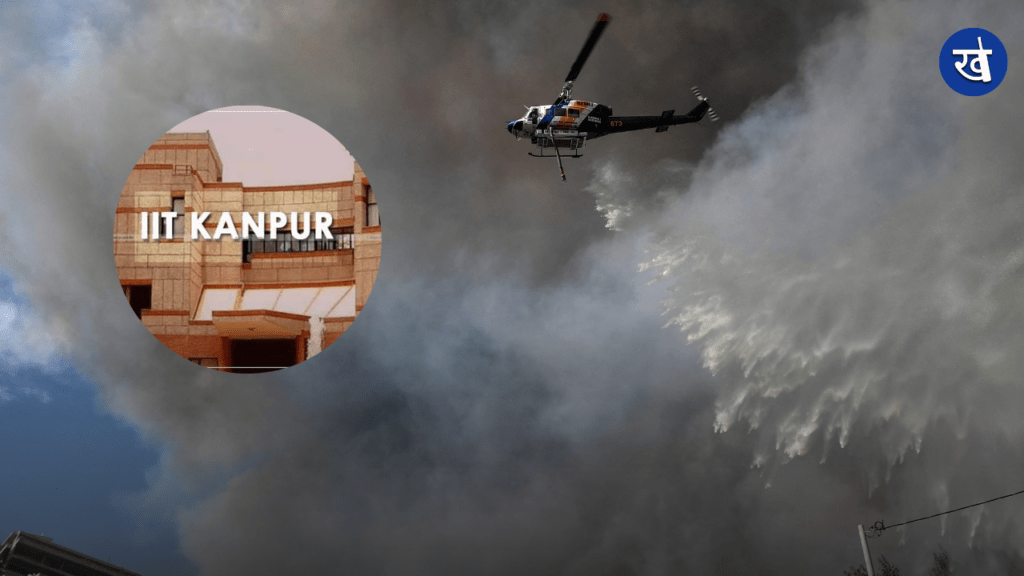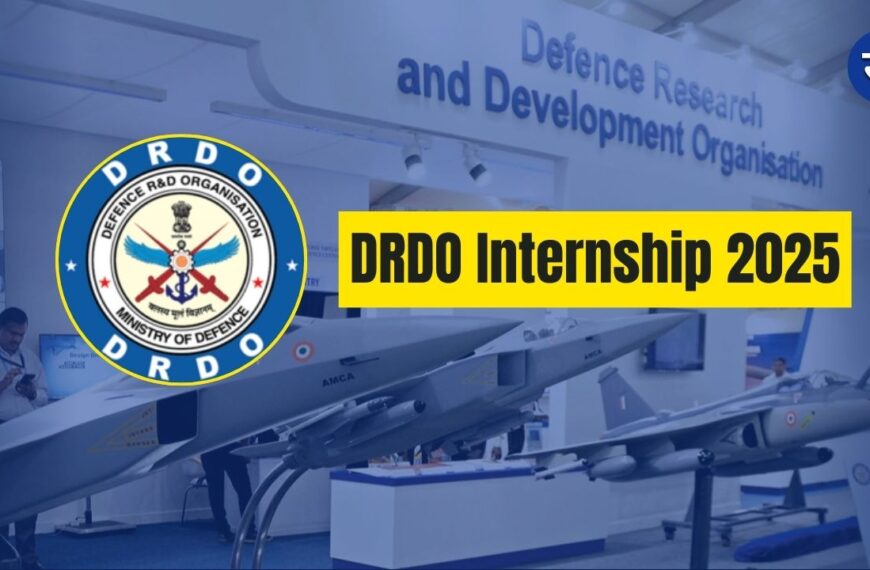
In a significant move, the Delhi government is considering the induction of artificial rain as a strategy to alleviate the severe air pollution crisis. The experts from IIT-Kanpur have meticulously crafted a plan, slated to be presented to the government for approval. The proposed dates for the artificial rain experiment are around November 20 and 21, aligning with a weather forecast indicating a 40% cloud cover over the national capital, a prerequisite for the success of the artificial rain process.
According to the experts from IIT-Kanpur, a minimum of 40% cloud cover is imperative for the success of the artificial rain endeavor. The logic behind this requirement lies in the fact that rain formation is intricately linked to the presence of clouds. Clouds act as condensation nuclei, providing a surface for water vapor to coalesce into droplets. Therefore, without a sufficient cloud cover, the artificial rain process becomes infeasible.
Also Read- The Cuban Missile Crisis: When World War III Almost Happened
Environment Minister Gopal Rai emphasized the significance of this condition, stating, “It cannot rain with lesser cloud cover.” This underscores the meticulous planning and scientific precision required for inducing artificial rain successfully. The experiment aims to leverage weather conditions to enhance the natural process of rainfall, offering a potential remedy to the air quality crisis in Delhi.
IIT Kanpur’s Plan For Artificial Rain In Delhi

Once the Delhi government reviews and approves the plan, it will be presented before the Supreme Court. Subsequently, the government will seek cooperation from the central authorities to implement the artificial rain project. If the Supreme Court issues a favorable order, the experts from IIT-Kanpur can proceed with the first pilot project of artificial rain in Delhi on the designated dates.
This collaborative approach involving scientific expertise, government intervention, and legal sanction underscores the complexity and interdisciplinary nature of addressing environmental challenges. The urgency of the situation demands swift and coordinated efforts from multiple stakeholders to mitigate the adverse effects of air pollution.

In a proactive move, Delhi’s Environment Minister Gopal Rai, Revenue Minister Atishi, and other officials convened a meeting with experts from IIT-Kanpur to delve into the intricacies of the proposed artificial rain’s plan. This meeting serves as a testament to the collaborative spirit required to tackle environmental issues effectively. The dialogue between policymakers and scientists is essential for bridging the gap between theoretical solutions and practical implementation.
Also Read- 5 Most Powerful Earthquakes in History
The proposal to induce cloud seeding in Delhi reflects a pioneering step towards finding innovative solutions to combat air pollution. The convergence of scientific research, governmental initiatives, and legal support creates a comprehensive approach to address the pressing environmental challenges faced by urban centers. As the world grapples with the consequences of climate change, initiatives like artificial rain offer a glimmer of hope in the pursuit of cleaner and healthier cities.






